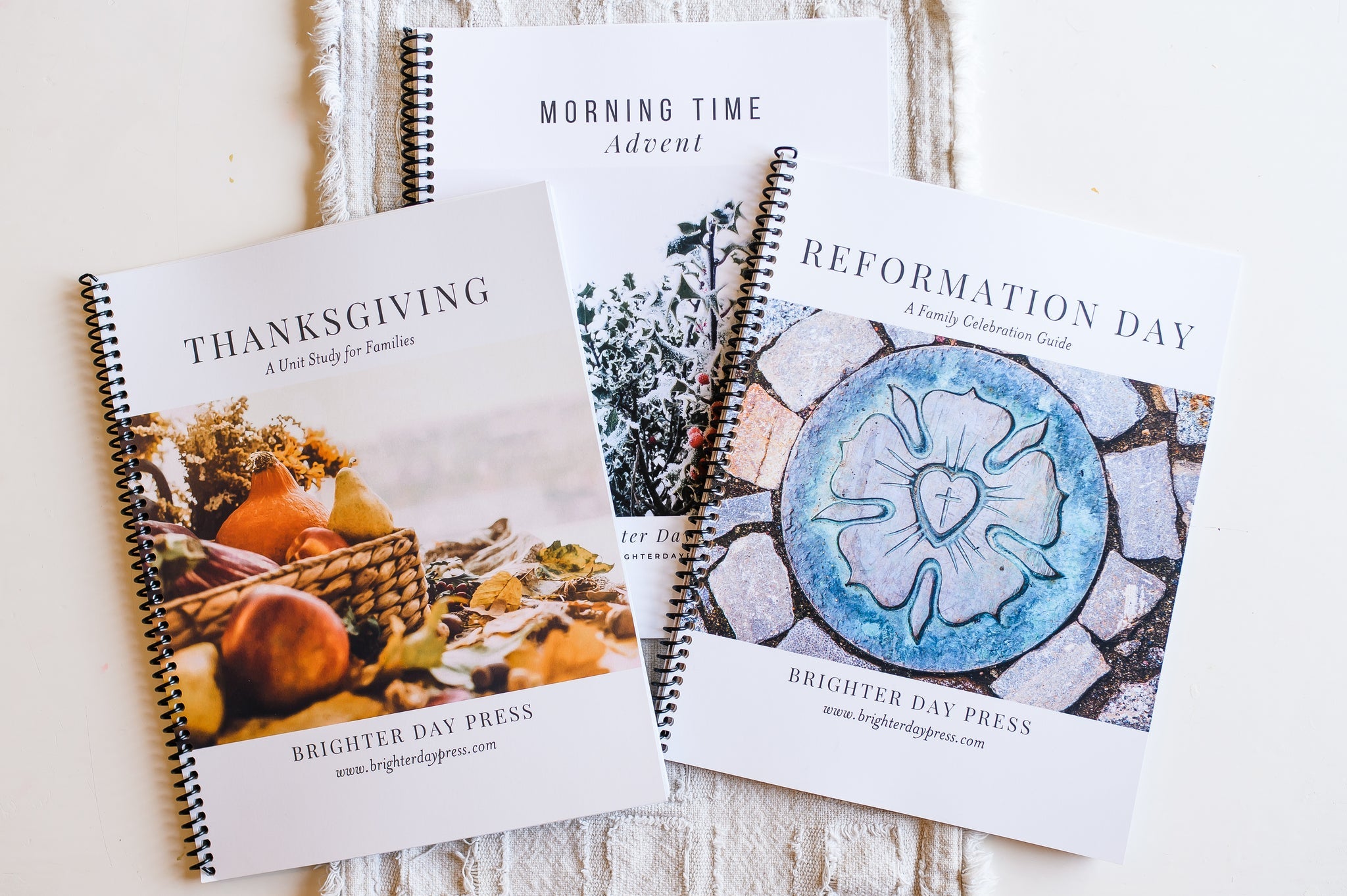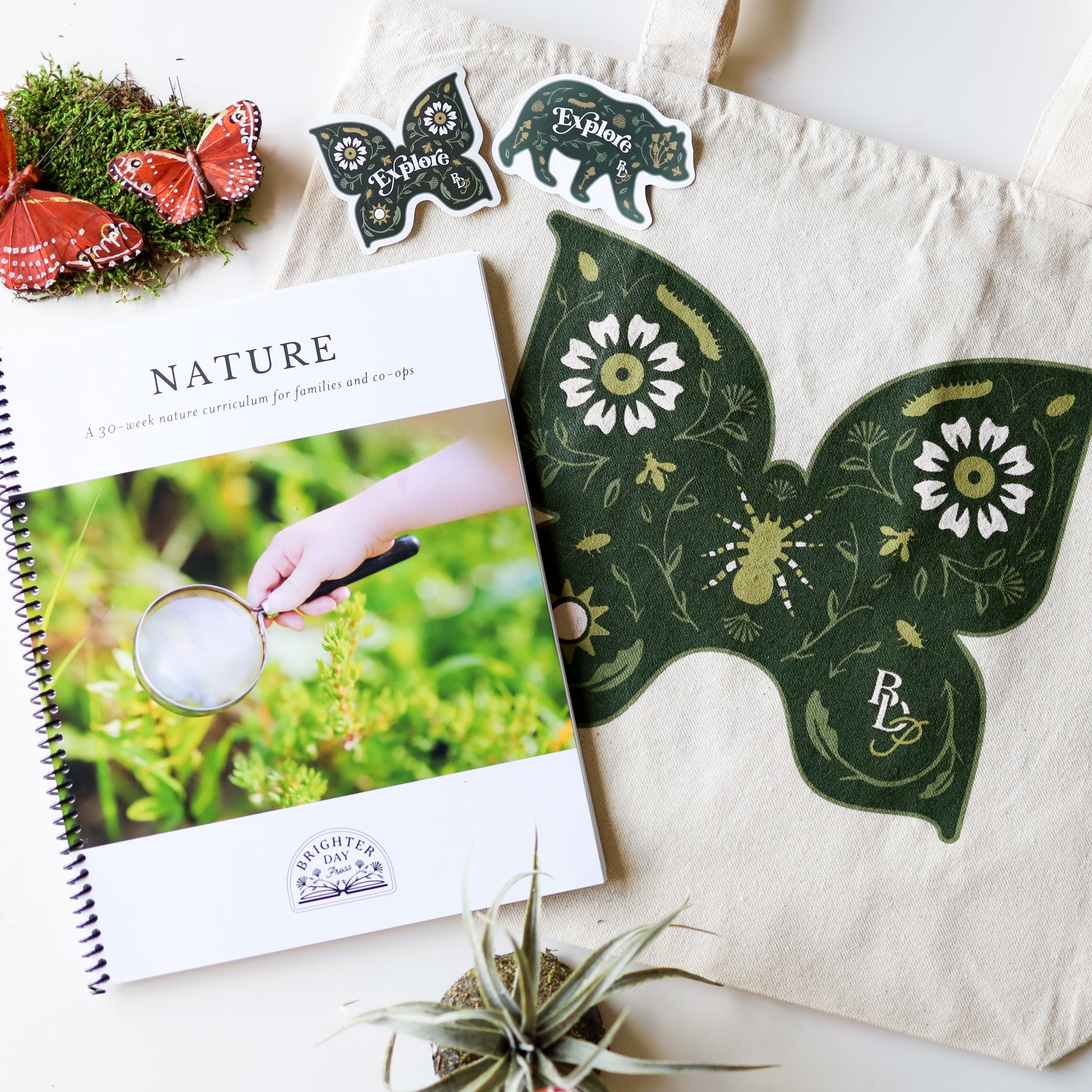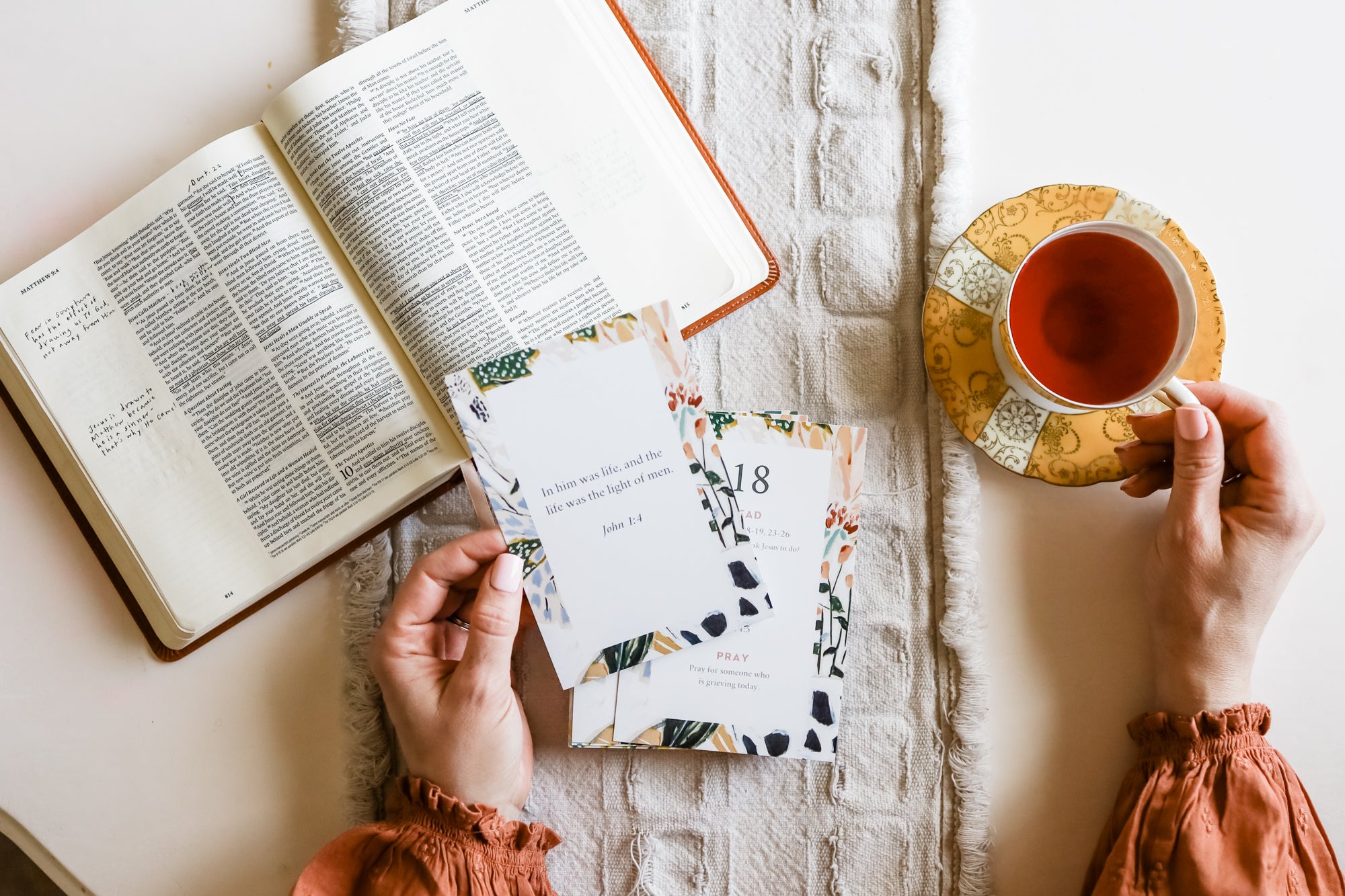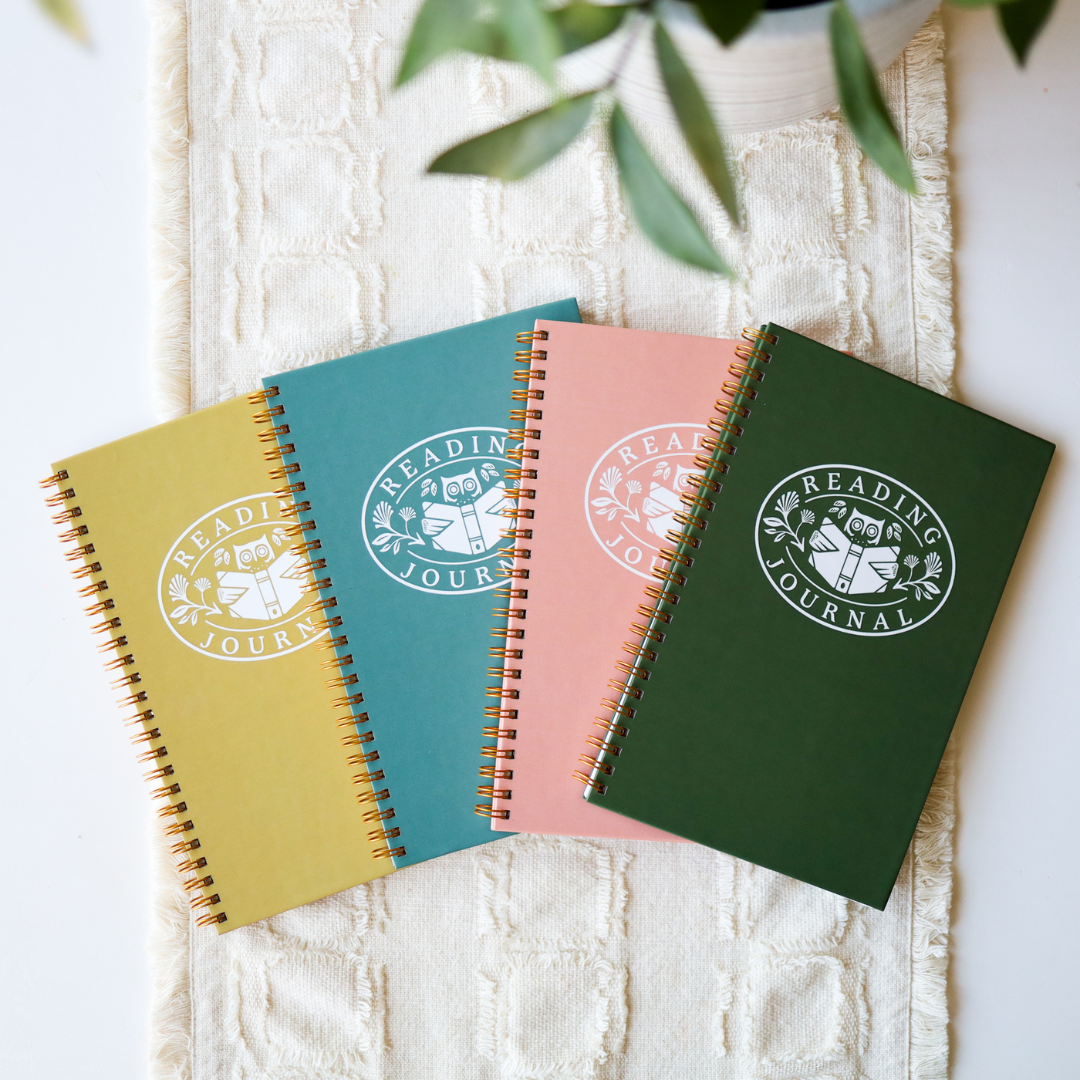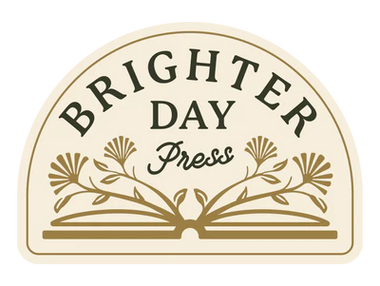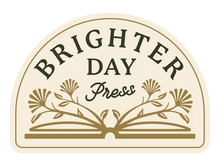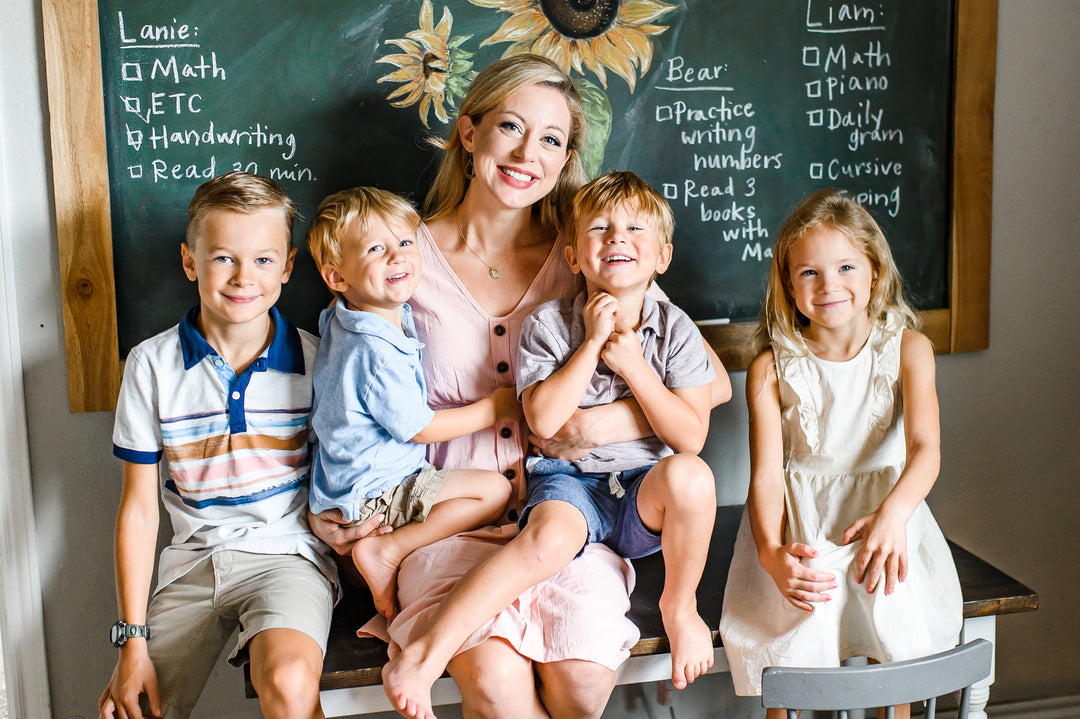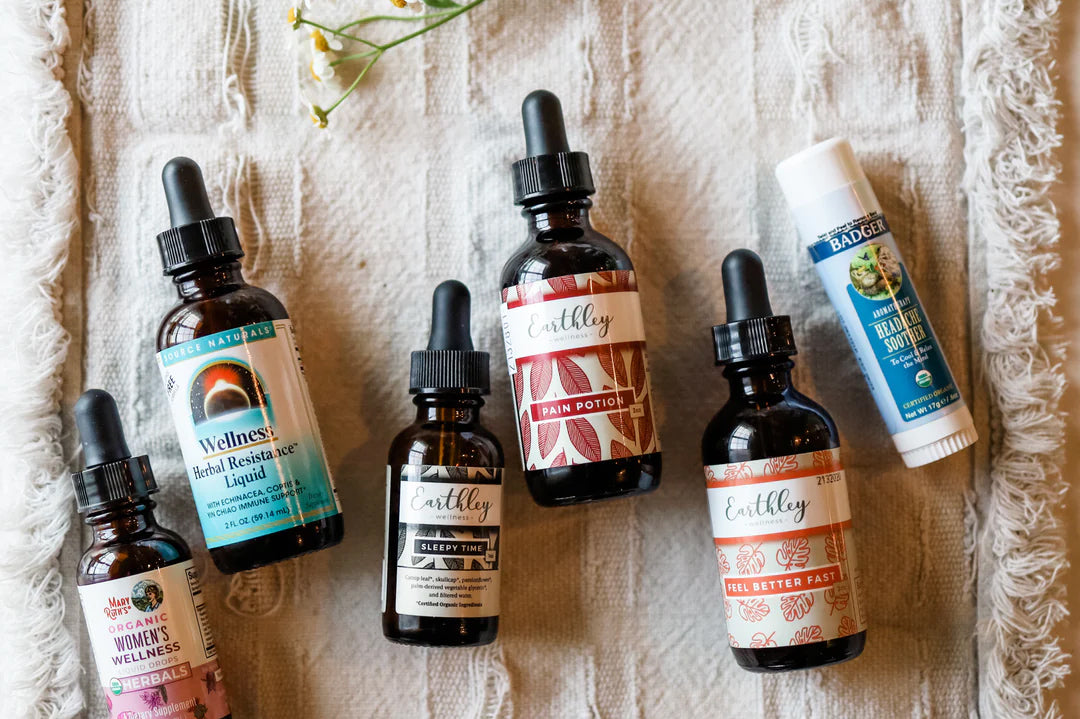Favorite Watercolor Supplies for All Skill Levels

As you begin your watercolor painting journey, choosing the right supplies can feel daunting! I want to share my favorite supplies for various skill levels: young beginners (ages 2-5), student artists (5+), and more serious artists of any age who want to invest in higher-quality supplies. Remember, watercolor supplies do not have to be expensive to work well. But I do suggest investing in something a step above Crayola washable paints and printer paper for beautiful results. Using better supplies will instantly improve your art! All of the supplies I use and recommend are durable and long-lasting.
I have used Amazon affiliate links throughout this post. If you purchase through these links, I will receive a small commission at no additional cost to you. I have shared current prices as of September 2024, which are subject to change. Thank you so much for supporting my work!

Young/Beginner Artists (ages 2-5):
- Watercolor paper (200 sheets for $18.39): These pre-cut 6x9" watercolor sheets are ideal for young artists as they fit well on art trays and are just the right size for little hands. The paper's ability to hold a lot of water without tearing ensures a smooth painting experience. For best results, use paper made for watercolor (not regular printer paper).
- Watercolor brushes ($7.99 for 20 brushes): This pack of brushes contains 20 brushes in various sizes and can be used by multiple kids. I recommend teaching kids early on how to rinse their brushes in water and lay them flat on a paper towel to dry. This will ensure the brush maintains its shape.
- We typically use a small mason jar to hold water, but if you're nervous about a young child tipping it over, you could also use a bowl that suctions to the table that will not spill ($14.13 for a set of 3 bowls). I found this especially helpful for ages 2 to 3!
- Watercolor paint ($8.36 for a set of 36 watercolor paints): We buy one set of these paints every year for each young child in our family (and write their names in Sharpie on the back), and they last the entire school year and beyond! The pigments are bright and beautiful.
- Food tray for protecting your table ($6.46 for one food tray): This $6 fast food tray is helpful for little ones because it protects your work surface. The "lip" on the tray is not too high to make it awkward for painting. You can also use this for playdough, kinetic sands, or other types of painting.

Student Artists (ages 5+):
- Watercolor paper: I recommend using cold-press paper from reputable brands like Strathmore, Canson, or Arches (various pricepoints). Cold-press watercolor paper has a bit of texture (versus hot-press paper, which is smooth), which is more forgiving for student artists because it takes longer for the paints to dry. For all of our watercolor classes, I recommend using cold-press paper. Many brands of watercolor paper come in 9x12 size, and I like to cut a 9x12" piece of watercolor in half and use 6x9" sized sheets of paper.
- Watercolor brushes: I recommend purchasing a small set of round brushes in sizes ranging from #2 to #10. This will give you the variety you need for painting various subjects, and if you have multiple students, there will be plenty of brushes to share. The brushes I use in our watercolor classes are the Transon 8-piece Round Watercolor brushes that can be purchased for $10-$12 on Amazon.
- Watercolor paint: The paints I use for our watercolor classes are available for purchase in our shop; they are affordable, highly pigmented, and long-lasting.

Advanced Artists (of any age!):
- Watercolor paper: Arches cold-press paper is my favorite ($19.88 for 12 9”x12” sheets). It holds a lot of water, dries evenly, and creates the cleanest, most professional results. If using another brand of paper, ensure it’s at least 140 lb. weight. Anything thinner will quickly warp when water is added.
- Watercolor brushes: Brushes are genuinely a matter of personal preference, but these two brands are my favorite round brushes: Princeton Velvetouch and Silver Black Velvet. If you are careful not to leave brushes in a jar of water (the tips bend this way) and to reshape them and lay them flat to dry, they will last for years. I like to have sizes 2, 4, 6, 8, 10, and 12 and 14 on hand for various projects. I also like having a 1" flat brush like this one to paint larger areas.
- Watercolor paint: Tubes of Winsor & Newton Cotman (less expensive) or professional watercolors (more expensive) are my favorite. The quality of Winsor & Newton is unmatched, in my opinion. You simply squirt a tiny bit of paint onto a plate or palette, let it dry, then wet it with your brush or spray bottle when ready to use. This set of Cotman (student-grade paints) or this set of professional paints will last you a very long time.
- Watercolor palette: A white plate is sufficient for this, but my favorite palette of all time is one I purchased from Sylvan Clayworks. If you're interested in purchasing one, be sure to sign up for her email list to find out when she will be restocking them next!
- Small Watercolor Journal: I love to bring this compact watercolor journal on nature walks to sketch a design and, if there's time, paint on-the-go. The pages are thick and durable, and the elastic holds it all together.
Tip: How do you ensure your brushes last a long time? If you use these tips, your brushes can last for years!
- Never (ever) leave a brush in a jar of water, even briefly.
- Once you're finished using a brush, rinse it out in clean water and use your fingers to shape the brush into a point.
- Leave the brush to dry flat on a paper towel or upright in a jar. I store my brushes upright in a jar.
Other optional supplies:
- Mechanical pencil for lightly tracing your design (2 pencils for $10).
- Masking fluid (also called “drawing gum”): I use this when there are portions of the painting that I want to leave white. You paint it on first, let it dry completely, then paint right over it. Be sure to use a brush you don't care about it because it will potentially ruin that brush. When you're finished painting, use your fingernail or an eraser to remove the masking fluid and it will leave perfectly white spots on your painting!
- Painter's tape ($8 for one roll) to create clean borders. Tape down 1" of the edges of your watercolor paper onto the surface of your table and gently remove it when your painting is finished and dry.
- Spray bottle: A small spray bottle can be helpful for rewetting the paints before you use them. This ensures that your paintbrush isn't working too hard and can help your paintbrush last longer, too!
I hope this list is helpful to you! I've also created an Amazon storefront page so you can easily find these supplies.
Amazon storefront: Whitney’s favorite watercolor supplies

Also, if you’re interested in taking our online watercolor classes, we have lots to choose from!

We also have two Watercolor Workbooks that include video tutorials and pre-outlined watercolor paper!
